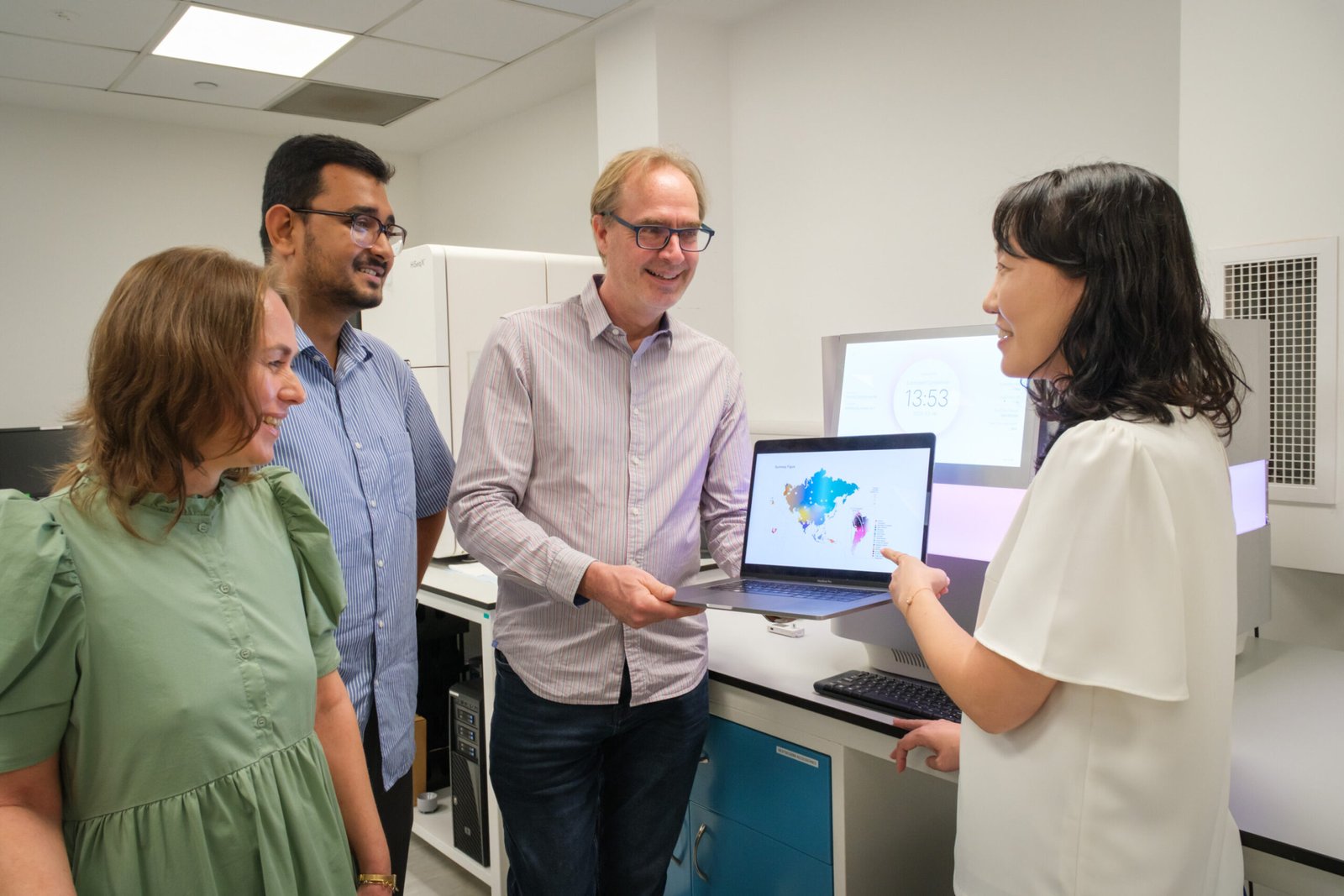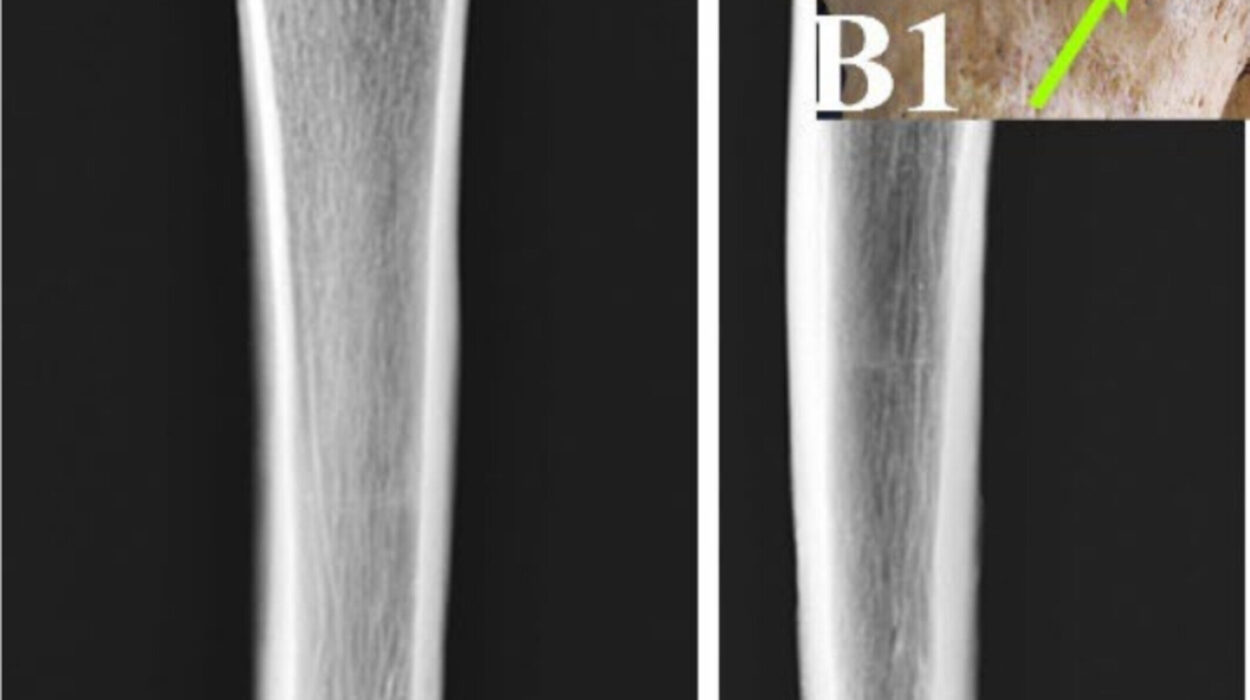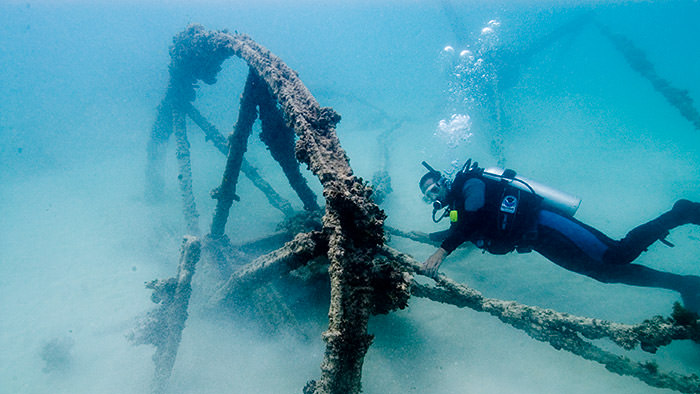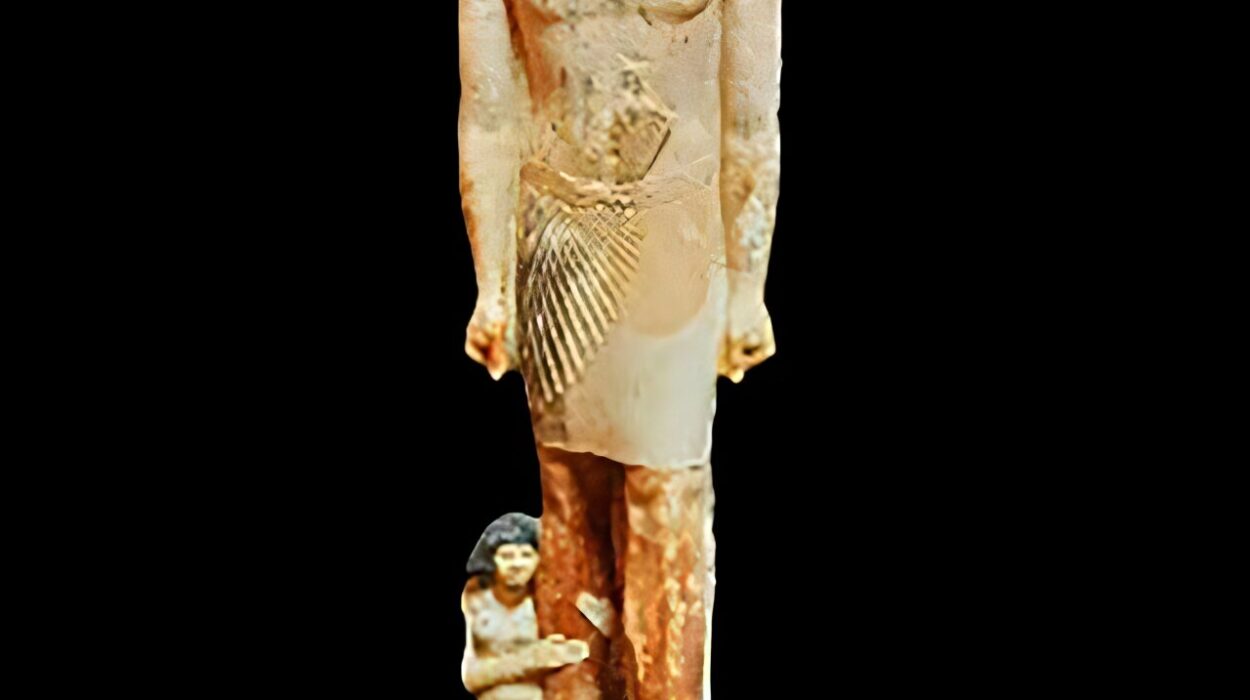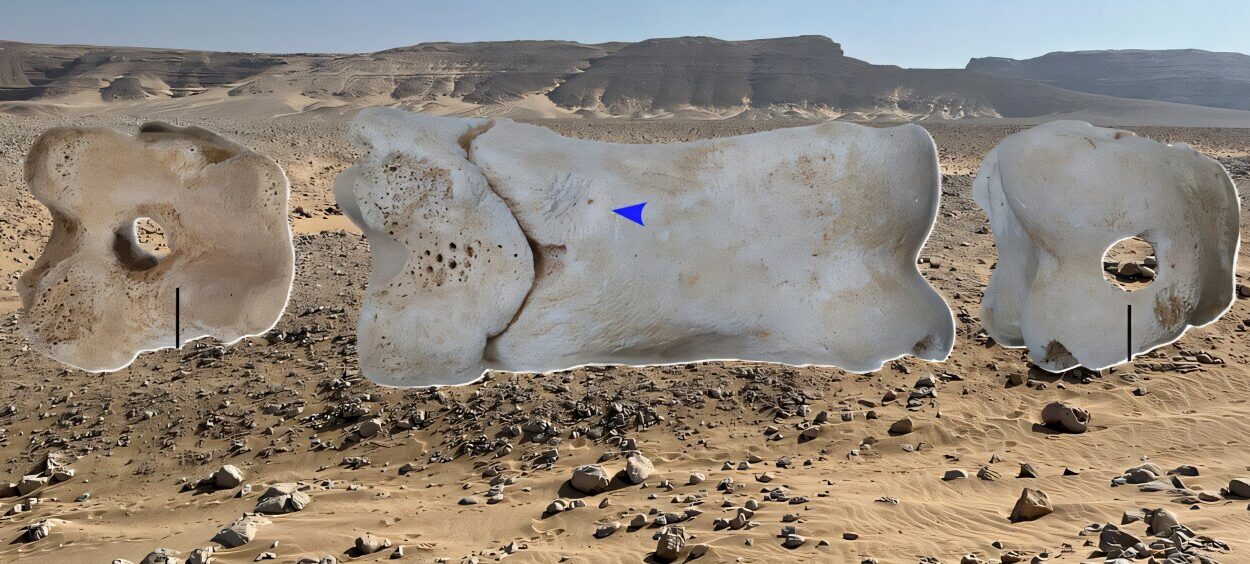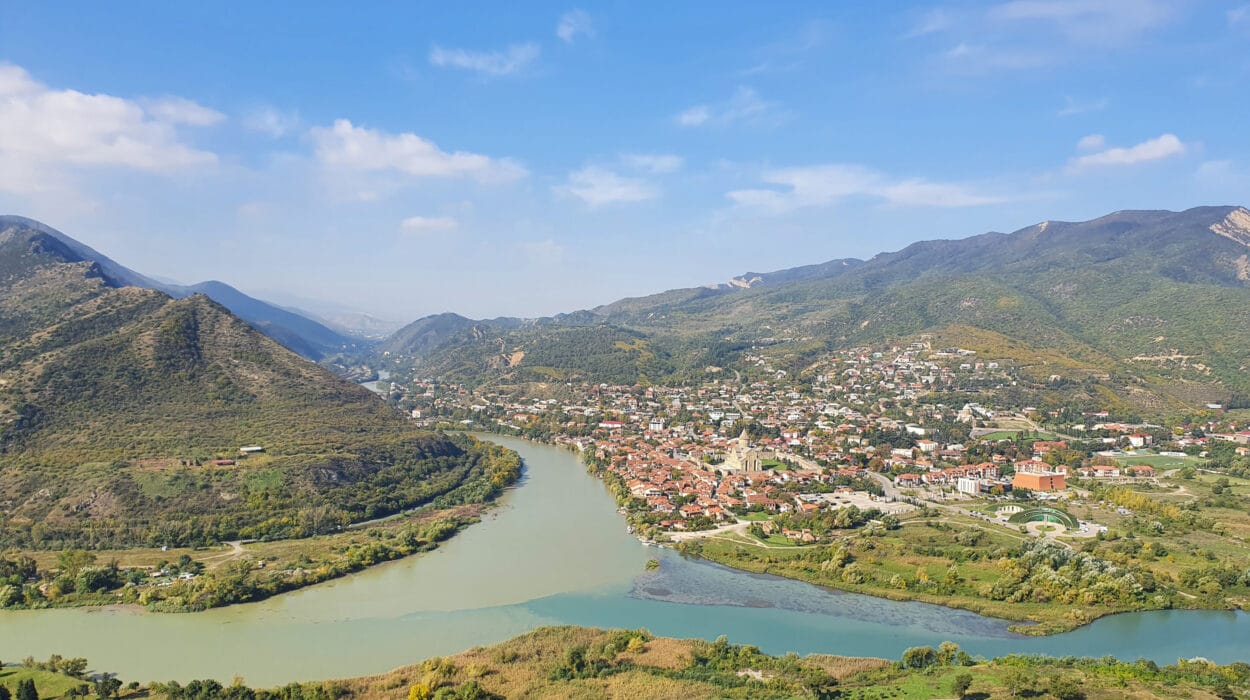Over a hundred thousand years ago, long before cities, writing, or agriculture, early humans began an incredible journey that would span continents, cross the harshest landscapes, and shape the future of humanity. This was not a journey made in haste or by a single tribe—it was a rolling tide of generations, a slow, determined march of survival and adaptation. These ancestors of modern humans walked more than 20,000 kilometers on foot, beginning in North Asia and ending in the windswept southernmost reaches of South America—at the edge of the known world.
In a groundbreaking study published in Science, an international team of researchers led by scientists from Nanyang Technological University, Singapore (NTU Singapore), has charted this unprecedented journey using the latest in genomic science. At the heart of the research were experts from the Singapore Centre for Environmental Life Sciences Engineering (SCELSE) and the Asian School of the Environment (ASE), working through the vast GenomeAsia100K consortium.
What they uncovered is more than a migration route—it is a profound story of resilience, genetics, and the universal human drive to explore.
Ancient DNA and the Science of Stories
For decades, researchers have pieced together fragments of ancient tools, bones, and cave art to tell the story of early humans. But in recent years, the language of DNA has opened a new chapter. The GenomeAsia100K project set out to sequence and analyze the genomes of over a thousand individuals from 139 ethnic groups across the continent. These individuals, many from remote and underrepresented populations, are genetic time capsules holding the echoes of millennia.
By analyzing whole-genome sequences from 1,537 individuals, the researchers could reconstruct a genetic map that mirrors humanity’s ancient paths. They compared patterns of shared ancestry, genetic divergence, and mutations that occur over generations to estimate when and where different populations split, moved, and adapted. These aren’t just data points—they are the imprints of lives lived across thousands of years.
The trail starts in Africa, the cradle of humanity, then winds through North Asia before taking a turn across the once-bridged Bering Strait into the Americas, ultimately reaching the furthest southern tip of the continent—Tierra del Fuego in present-day Argentina. This isolated region is considered by many scientists the final frontier of prehistoric human migration.
The Journey Across Continents
Mapping a prehistoric route of 20,000 kilometers is no simple task, especially one made by foot over thousands of years. The researchers used genetic divergence data to reconstruct a likely path these early humans took, identifying where populations diverged, settled, and evolved.
An essential revelation was that early humans entered South America through a gateway near where Panama meets Colombia—approximately 14,000 years ago. This area, often considered a bottleneck in migration models, served as the point of divergence for multiple groups.
From here, the ancient travelers branched out. One population stayed in the Amazon basin, adapting to its dense forests and tropical challenges. Others journeyed into the parched Dry Chaco region. Still more went southward, braving the cold expanses of Patagonia and maneuvering through the valleys of the Andes—the world’s longest continental mountain range, and the highest outside Asia.
Each of these groups faced wildly different ecological conditions, from humid jungles to high-altitude mountain passes and freezing tundras. Yet through them all, humans adapted, endured, and evolved.
The Genetic Toll of Exploration
While the journey was heroic in scope, it came with consequences—particularly at the genetic level. The further humans traveled from their original population centers, the more their genetic diversity decreased.
Associate Professor Kim Hie Lim of NTU’s Asian School of the Environment, who led the study, noted that the small subsets of genes carried by each group of migrants became increasingly limited. This is a common pattern known in population genetics as a “founder effect,” where migrating groups start with only a portion of the genetic variation of their parent population.
In practical terms, this means that as ancient humans ventured into new territories, they brought with them a narrower range of immune-related genes. This reduction in diversity potentially made later generations more vulnerable to new pathogens. When European colonists arrived in the Americas, for example, indigenous populations often lacked the genetic tools to resist novel diseases, contributing to devastating mortality rates.
“Our findings help explain why some Indigenous communities were more susceptible to illnesses introduced by later immigrants,” said Prof Kim. “Understanding how ancient dynamics shaped the genetic structure of current populations provides valuable insight into human genetic resilience.”
Evolution in New Worlds
Despite the challenges, these early migrants didn’t just survive—they adapted magnificently. Dr. Elena Gusareva, SCELSE Senior Research Fellow and the study’s first author, explained that over hundreds of generations, ancient settlers adapted to each new environment.
This adaptation didn’t just involve physical changes. Lifestyle, culture, diet, and even immune responses evolved in response to vastly different pressures. In the high Andes, for instance, genetic adaptations for oxygen transport became more prominent. In the Amazon, immune systems evolved to cope with tropical diseases.
“Using high-resolution whole-genome sequencing technology, we can now uncover how bodies and societies evolved in tandem with the environment,” said Dr. Gusareva. “Our research reveals the extraordinary adaptability of early indigenous groups who succeeded in some of Earth’s most extreme landscapes.”
Asia’s Genetic Treasure Trove
Perhaps the most paradigm-shifting conclusion of the study was the discovery of Asia’s unparalleled genetic diversity. Professor Stephan Schuster, the Scientific Director of GenomeAsia100K and one of the senior authors, emphasized that global genome research has long been skewed by sampling biases—most notably, an overrepresentation of European populations.
As a result, previous models of human migration and disease susceptibility may have missed critical pieces of the puzzle. The new findings reveal that Asia contains more genomic diversity than Europe, challenging outdated assumptions and reframing the global narrative.
“This reshapes our understanding of historical population movements,” said Prof Schuster. “It also underscores the importance of increasing Asian representation in genetic research, particularly as genomics plays an increasingly central role in medicine, public health, and evolutionary biology.”
In other words, Asia is not a peripheral player in the story of human evolution—it is a central one.
Unraveling the Threads of Time
With this study, scientists have not only traced one of the most epic migrations in human history—they have also redefined how we understand movement, adaptation, and resilience.
The genomes of the people in this study are more than sequences—they are time machines. Each one tells a story written in biological code, passed down through eons. When pieced together, they form a global mosaic of humanity’s journey from its origins in Africa to the farthest tip of the Americas.
These stories are not just about the past. They are deeply relevant to the present and future. Understanding how ancient humans responded to disease, climate, and migration helps modern scientists develop better strategies for global health, anticipate responses to pandemics, and explore personalized medicine based on ancestry and genetic predispositions.
Future Frontiers in Genomic Anthropology
The work by NTU and its partners doesn’t end with this study. It opens doors to new investigations into human adaptation, prehistoric cultures, and the genetic basis of resilience. With each additional genome sequenced from diverse populations, the clarity of our species’ shared story grows.
Already, genomic anthropology—a field that merges genetics with archaeology, linguistics, and anthropology—is becoming one of the most promising disciplines for understanding human history. Projects like GenomeAsia100K demonstrate how science can connect people, illuminate ancient paths, and offer new ways to honor and preserve cultural diversity.
As we learn more, we can also work toward a more equitable scientific landscape—one that values the voices and contributions of all communities, not just those traditionally centered in Western research.
The Legacy of the Walkers
The people who made the journey from North Asia to Tierra del Fuego were pioneers of the highest order. They didn’t have maps. They didn’t have wheels, animals of burden, or even the knowledge of what lay ahead. But they had determination, adaptation, and a drive that still defines our species.
Their footsteps are long gone, but their legacy lives on in the DNA of millions of people today. It whispers through the forests of the Amazon, sings across the wind-blown steppes of Asia, and echoes in the high valleys of the Andes.
Through the lens of science, and with the power of modern genomics, we are now able to hear those whispers more clearly than ever before—and to understand that, no matter how far apart we may seem, we are all part of the same extraordinary journey.
Reference: Elena S. Gusareva et al, From North Asia to South America: Tracing the longest human migration through genomic sequencing, Science (2025). DOI: 10.1126/science.adk5081. www.science.org/doi/10.1126/science.adk5081
